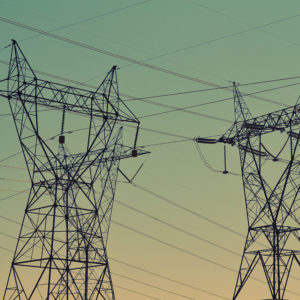How to safely handle water damaged electrical fixtures
It is not uncommon to feel stressed out upon seeing expensive electrical equipment getting submerged in residential flooding. But what can a homeowner do?

Industry experts warn homeowners though that safety should remain the primal consideration of property owners when trying to salvage water damaged electrical equipment. The risk of electrical shock, as well as further damage to what could be repairable equipment is higher when not properly handled.
The Electrical Safety Authority for instance underscored that testing water damaged equipment should be left to professionals.
“Do not enter a flooded room or area where electrical equipment may still be plugged in there is a high risk of shock. Remember, electricity can travel through water or wet material like carpets. If the main switch at your electrical panel was left in the “on” position prior to a flood, contact your LDC (local utility) to ensure power to the building has been disconnected before attempting to access the panel. Never assume any part of a flooded electrical system is safe, not even the main switch or circuit breaker. Before testing or repairing any wiring or other electrical equipment, confirm all power should be disconnected by pulling the main switch to the panel. ESA strongly recommends that you hire a licensed electrical contractor to assess the damage to ensure your safety.”
Read more here.
Buildings.com for its part published a portion of the National Electrical Manufacturer’s Association’s guidelines in dealing with flooded equipment. This is meant to guide property owners in handling their flood-soaked appliances, in case such occurs in their home or business establishment. Apart from seeking the help of licensed electrician contractors, they mentioned that it will also be best to consult the equipment manufacturer.
“Consult with the equipment manufacturer when repair or refurbishment is the plan of action. Follow the manufacturer’s instructions and guidance in making repairs. When any questions arise, and before specific recommendations are formulated, it’s often necessary to contact the original equipment manufacturer. Without doing so, attempts to recondition equipment can result in additional hazards due to improper cleaning techniques or the choice of cleaning agents.”
Electrical-Mechanical Recertifiers also has a write-up on dealing with water-damaged electrical fixtures. Their comprehensive guide features what can be salvaged, what is beyond repair, and what should be disposed.
“The protective components are critical to the safe operation of motor circuits and their ability to protect these circuits is adversely affected by exposure to water, and to the minerals and particles which may be present in the water. For molded case circuit breakers, such exposure can affect the overall operation of the mechanism through corrosion, through the presence of foreign particles, and through removal of lubricants. The condition of the contacts can be affected and the dielectric insulation capabilities of internal materials can be reduced. Further, some molded case circuit breakers are equipped with electronic trip units, and the functioning of these trip units might be impaired. For fuses, the water may affect the filler material. A damaged filler material will degrade the insulation and interruption capabilities.”
Print the whole article here.
Water damaged electrical equipment may mean more expenses, but the risk of reusing something that is not in its best condition may be far more risky than purchasing a new one.
San Diego Flood Restoration
If you recently experienced flood damage or water damage, the team at Mighty Dry is here to help. Contact us today to get started restoring your home or business.






